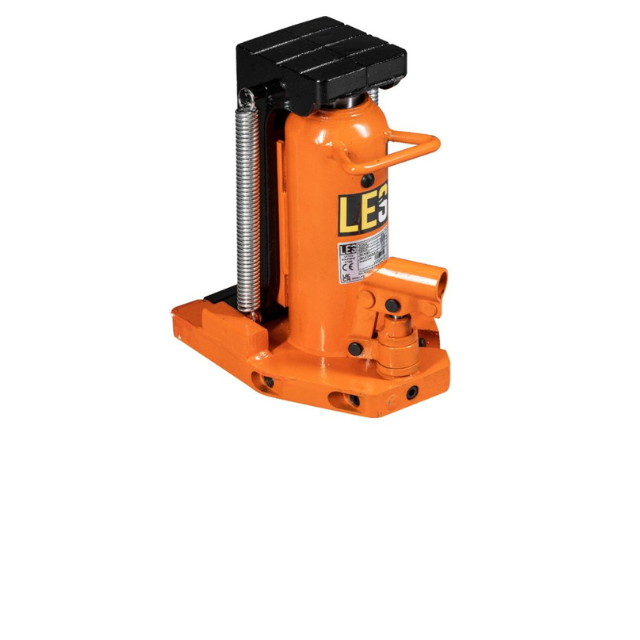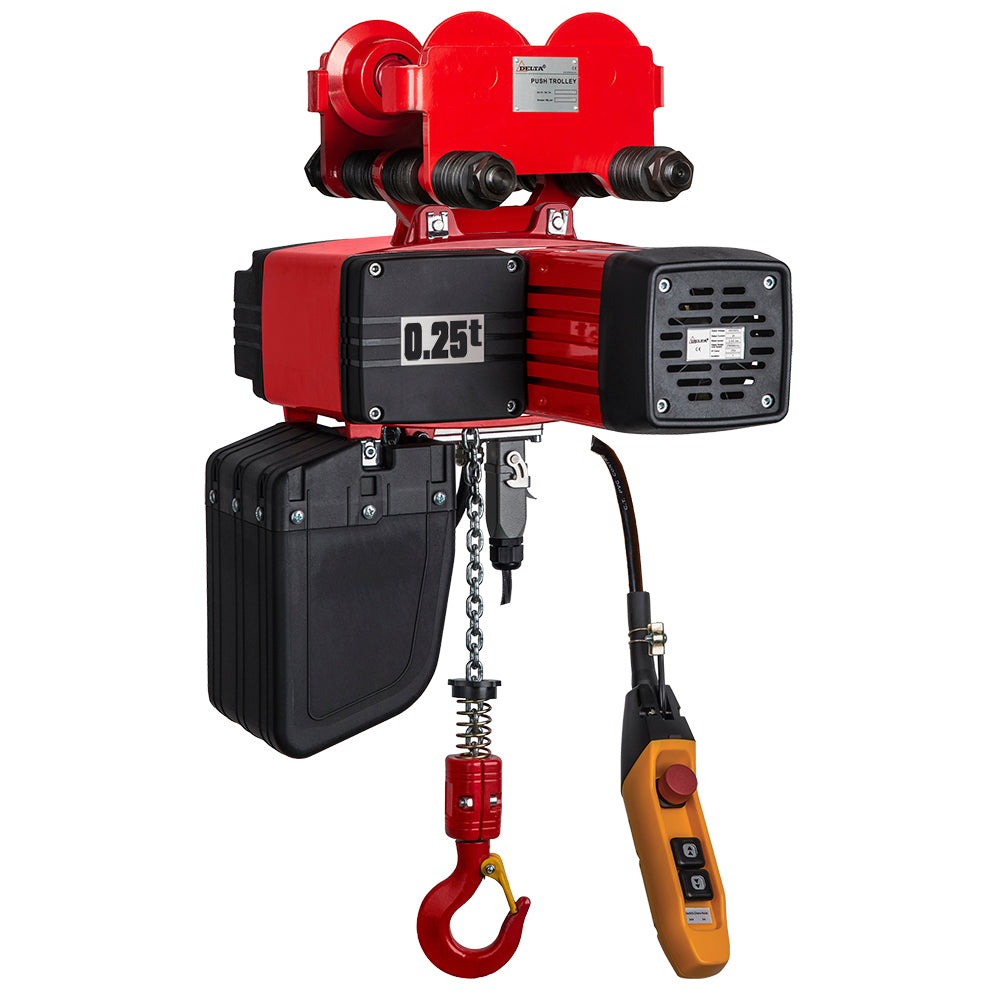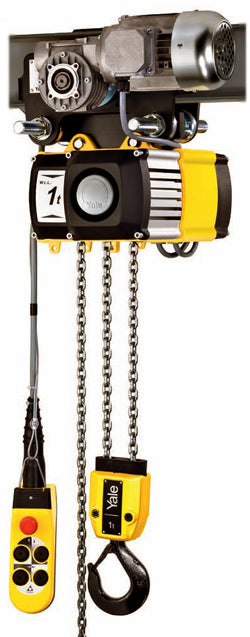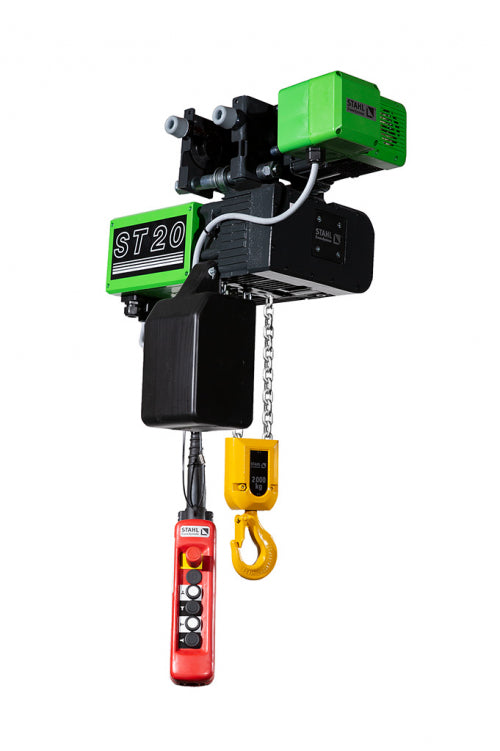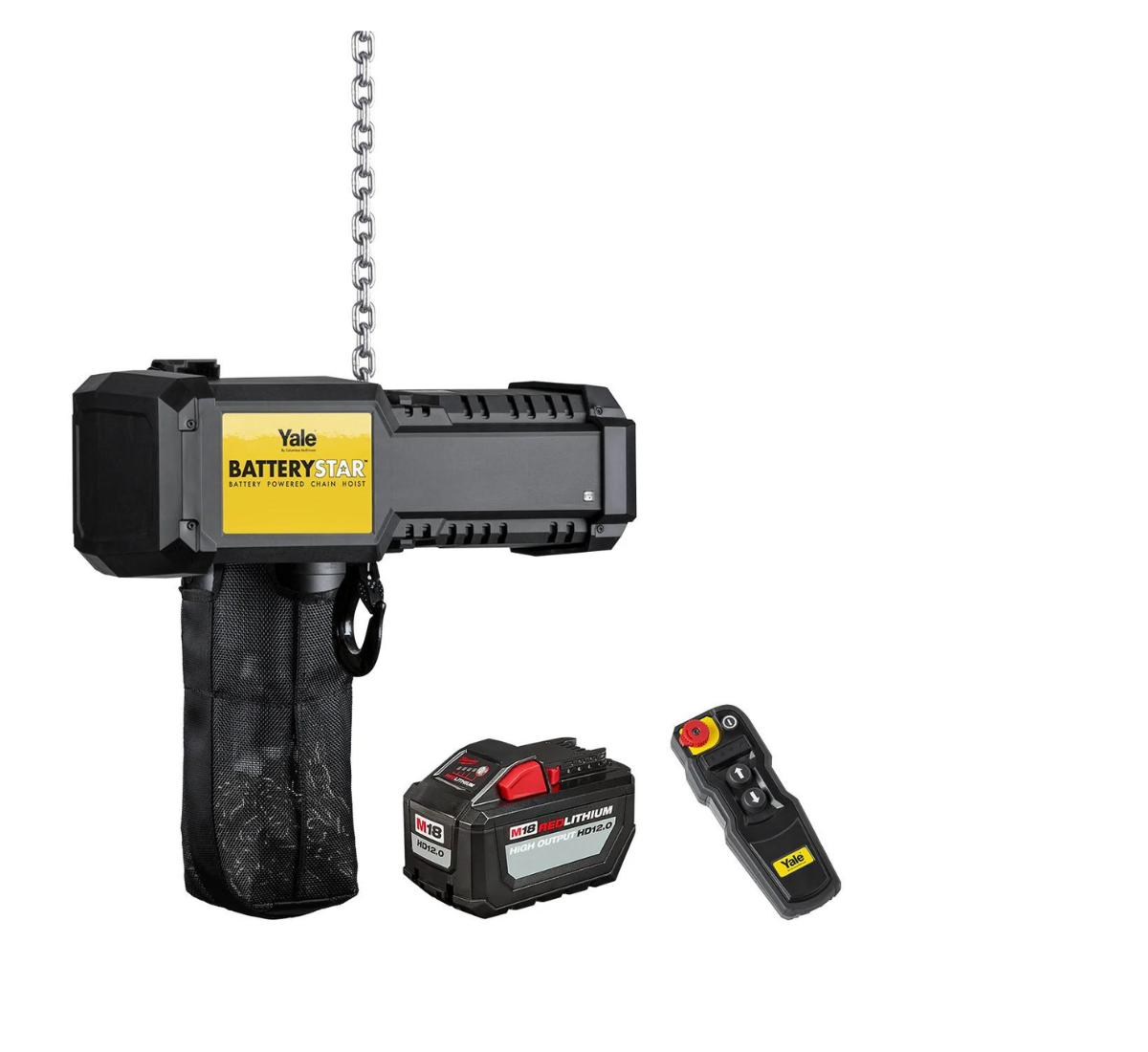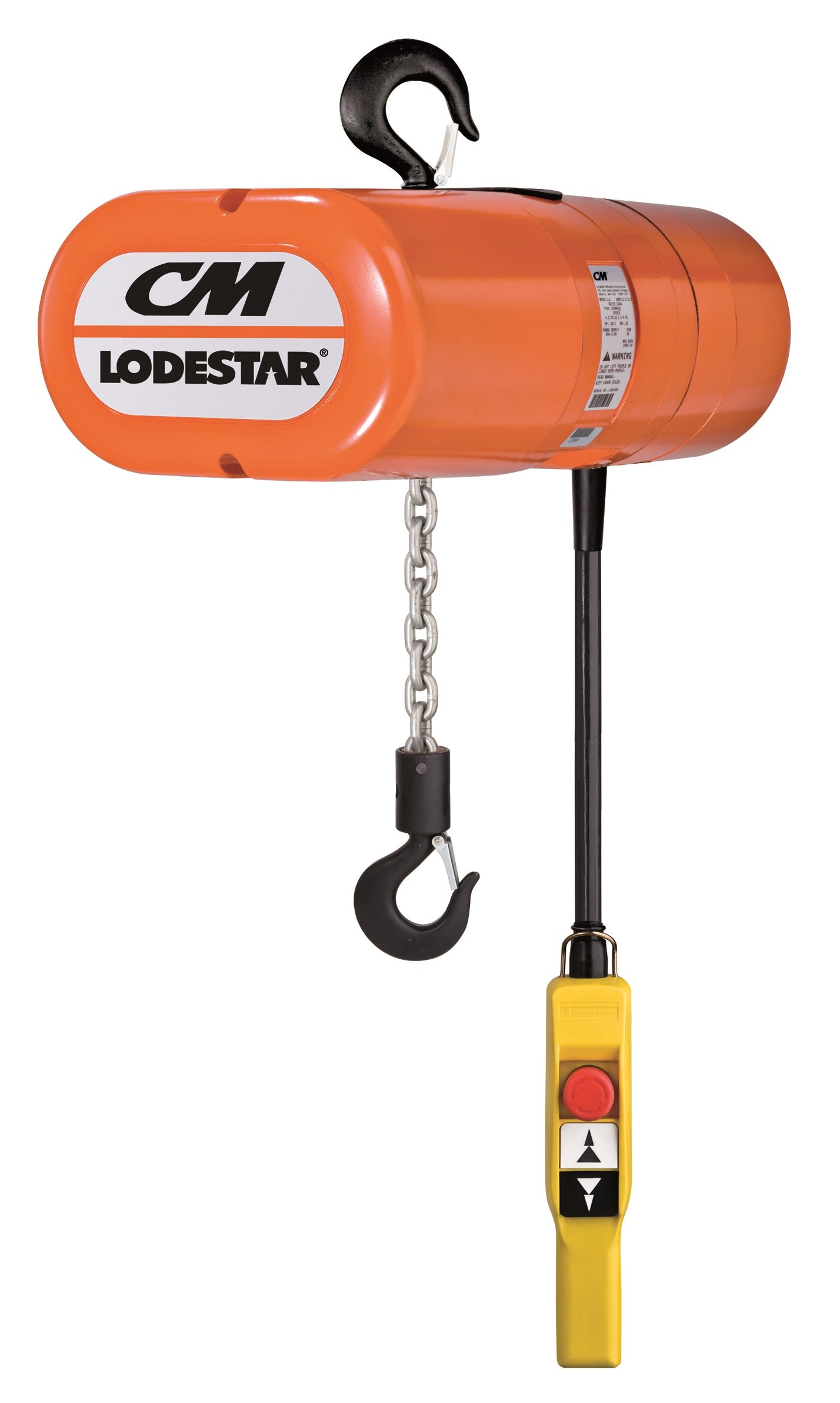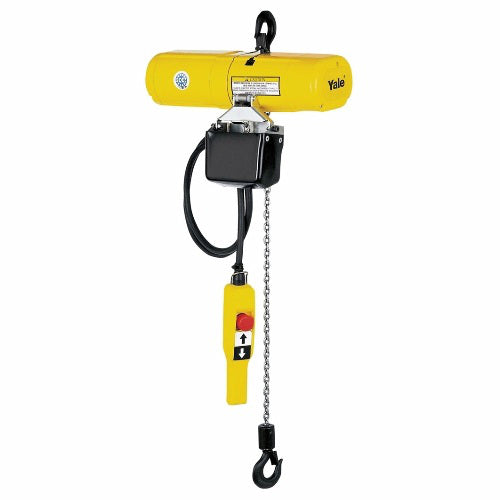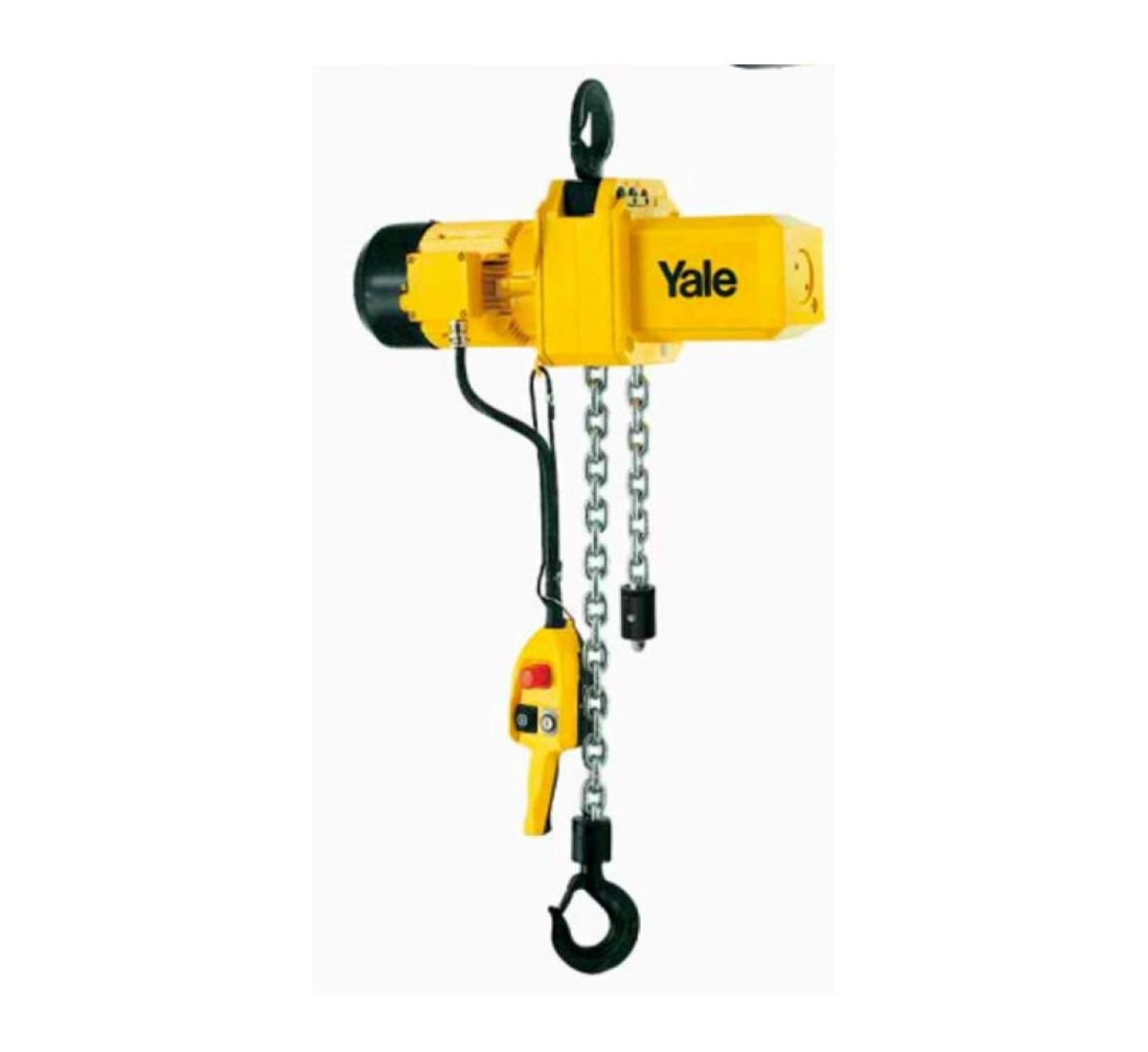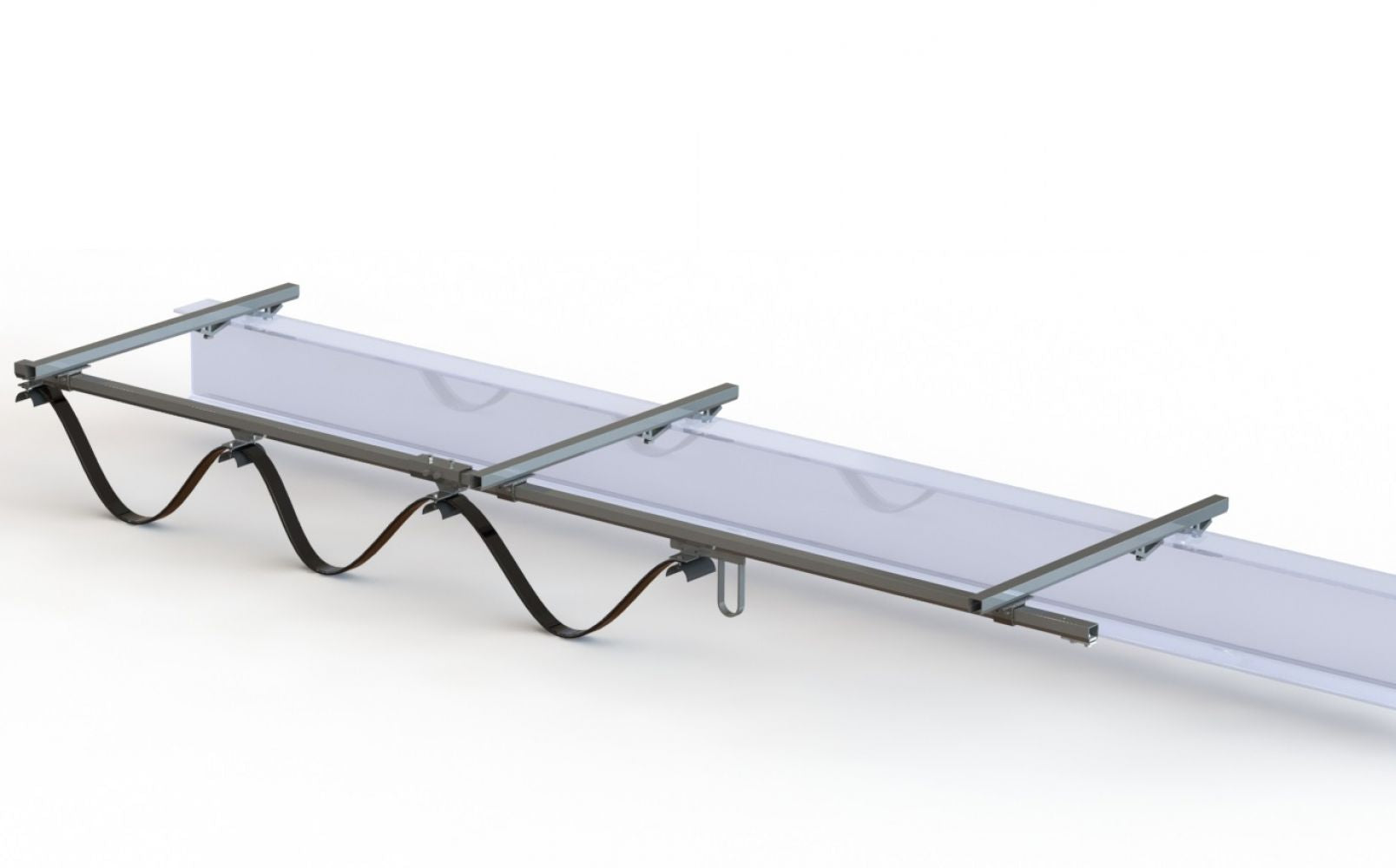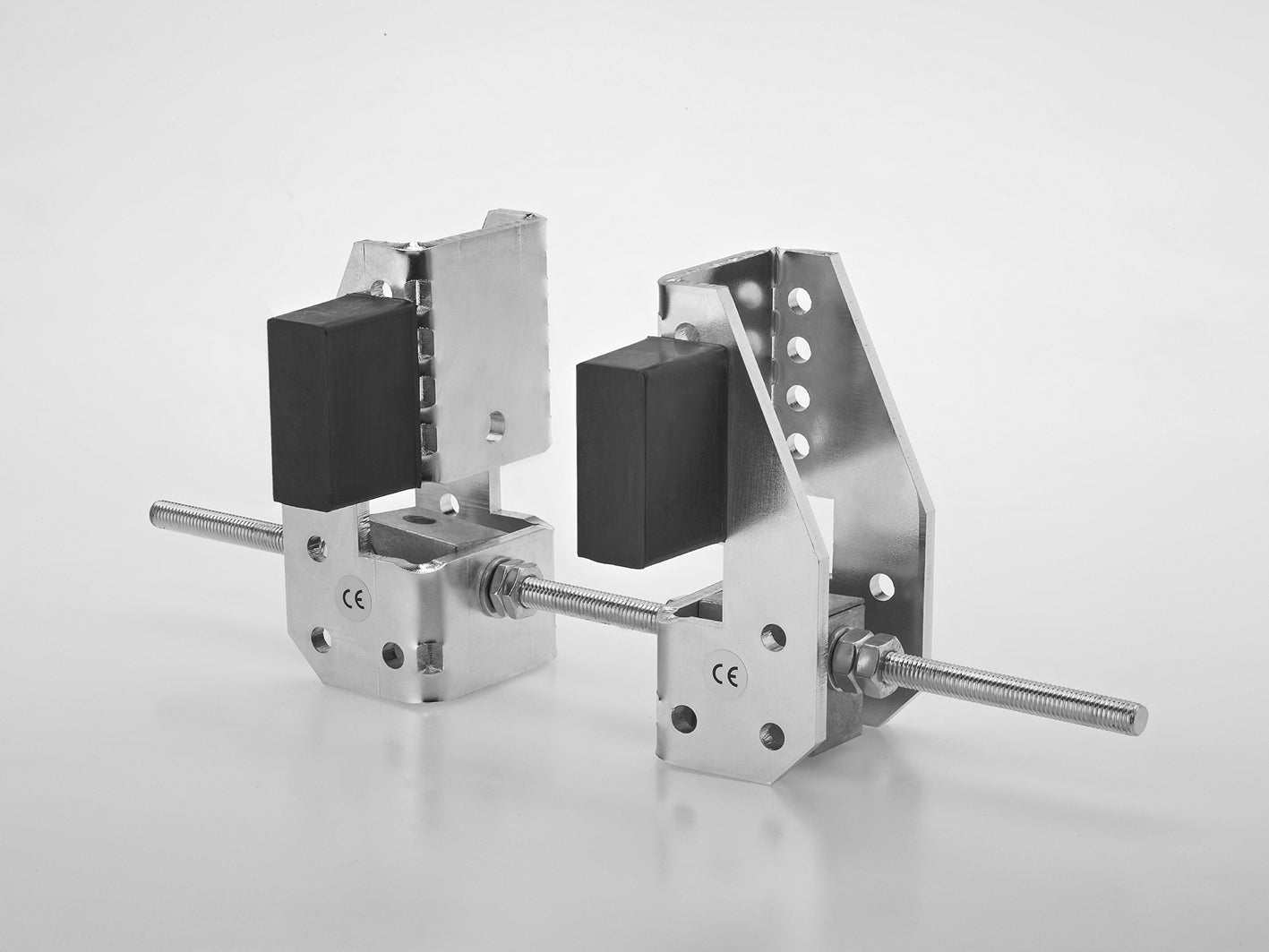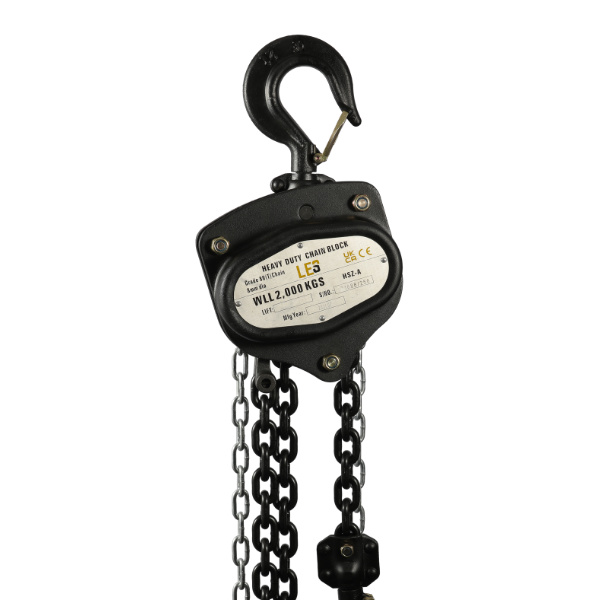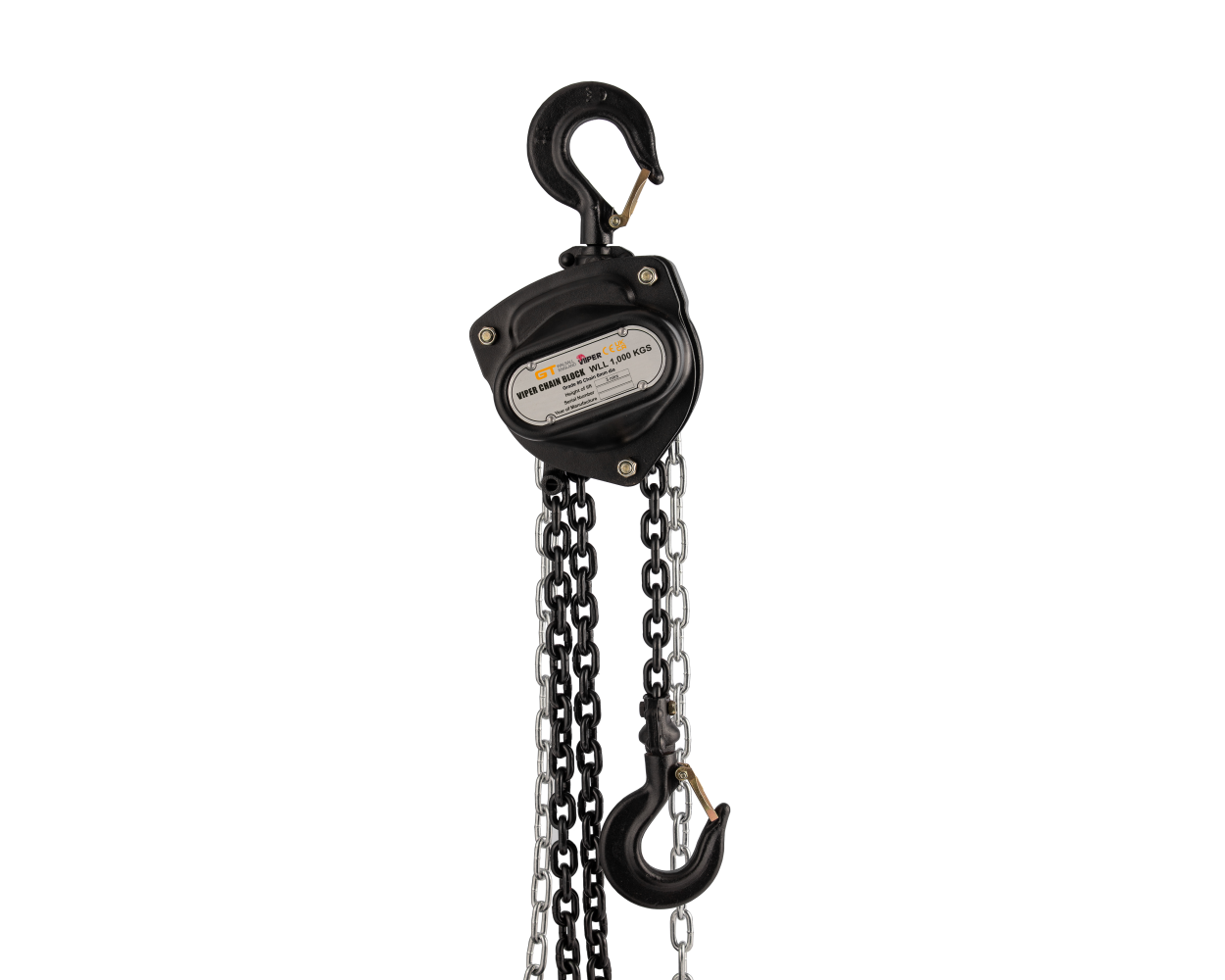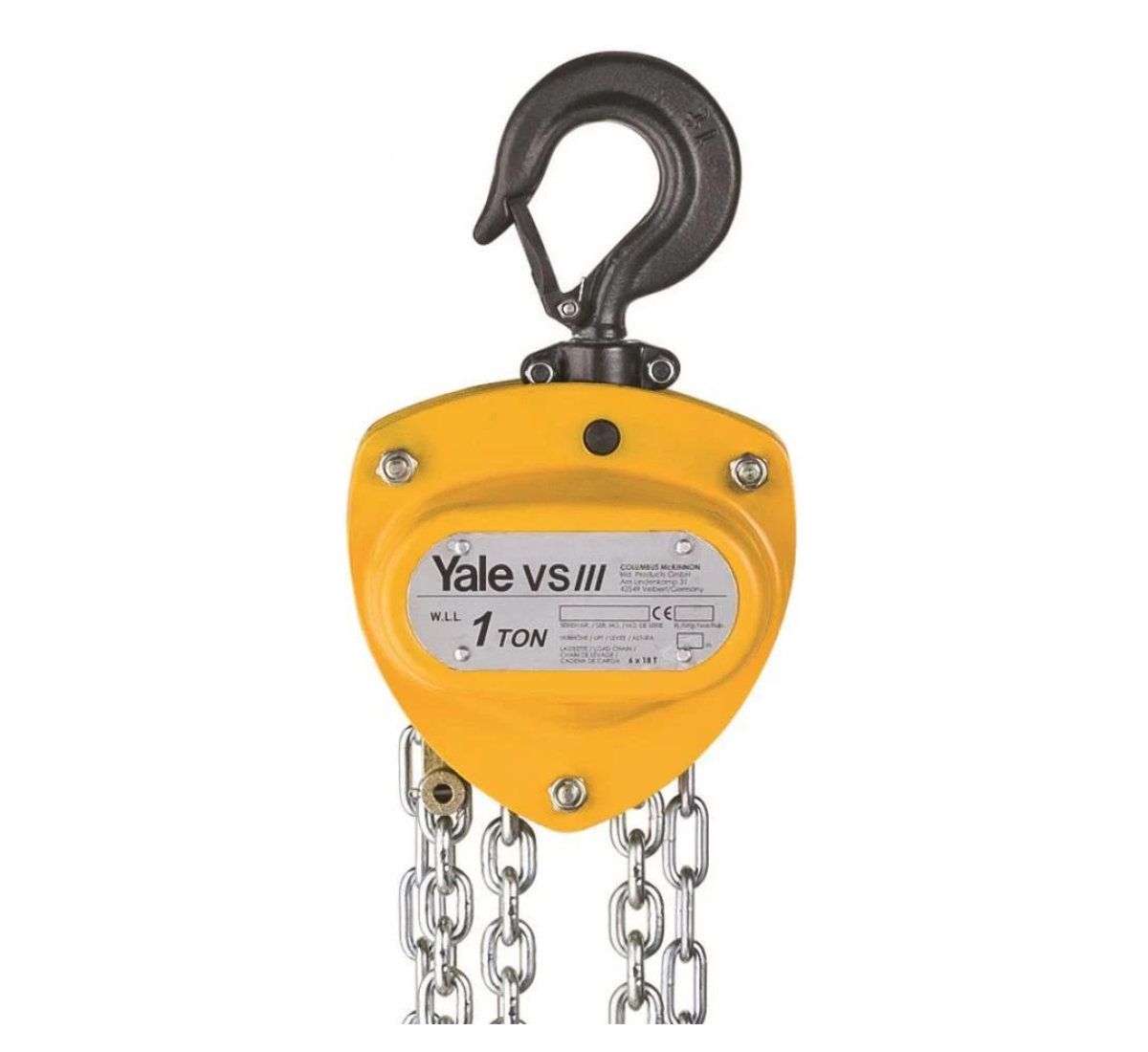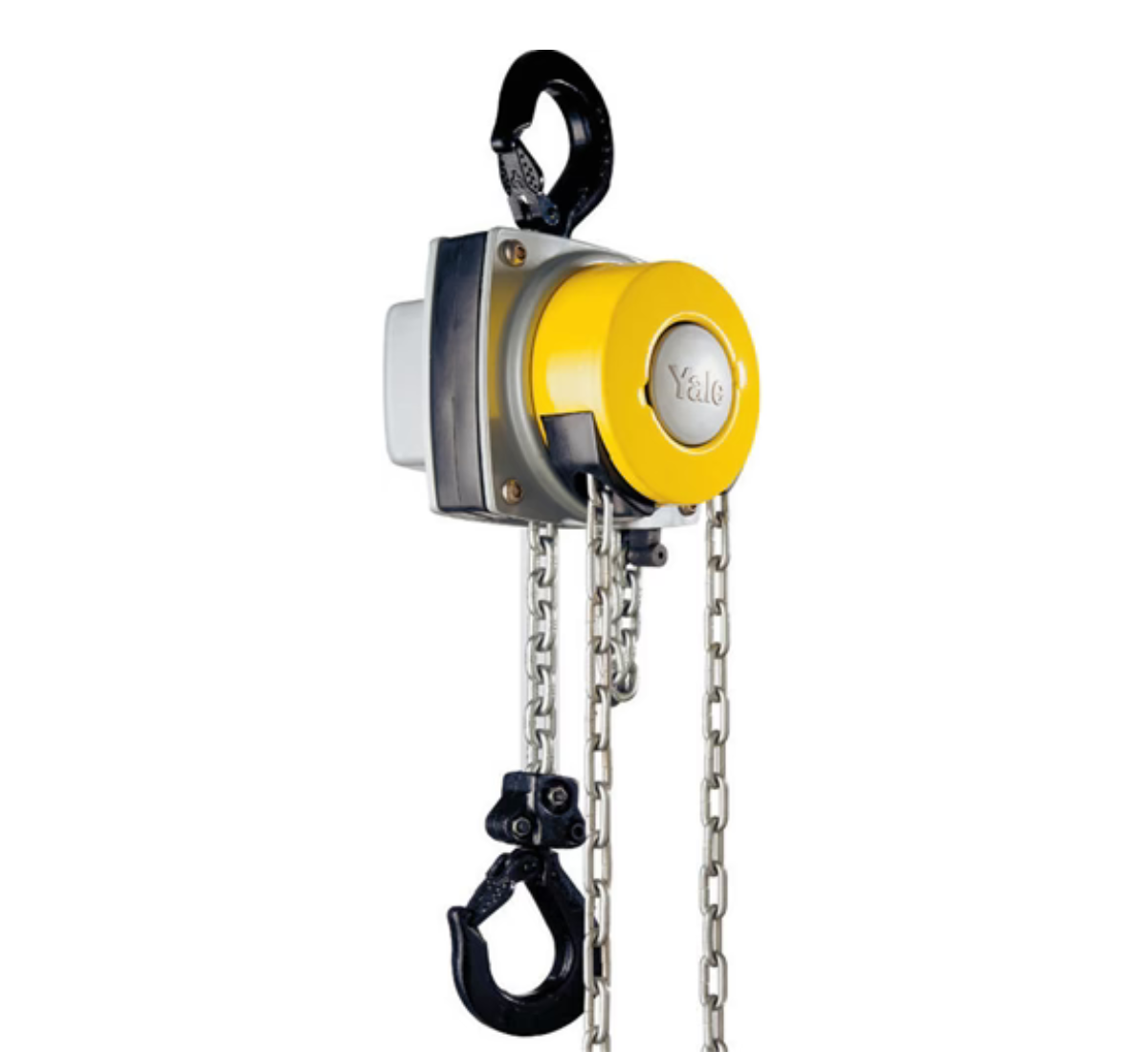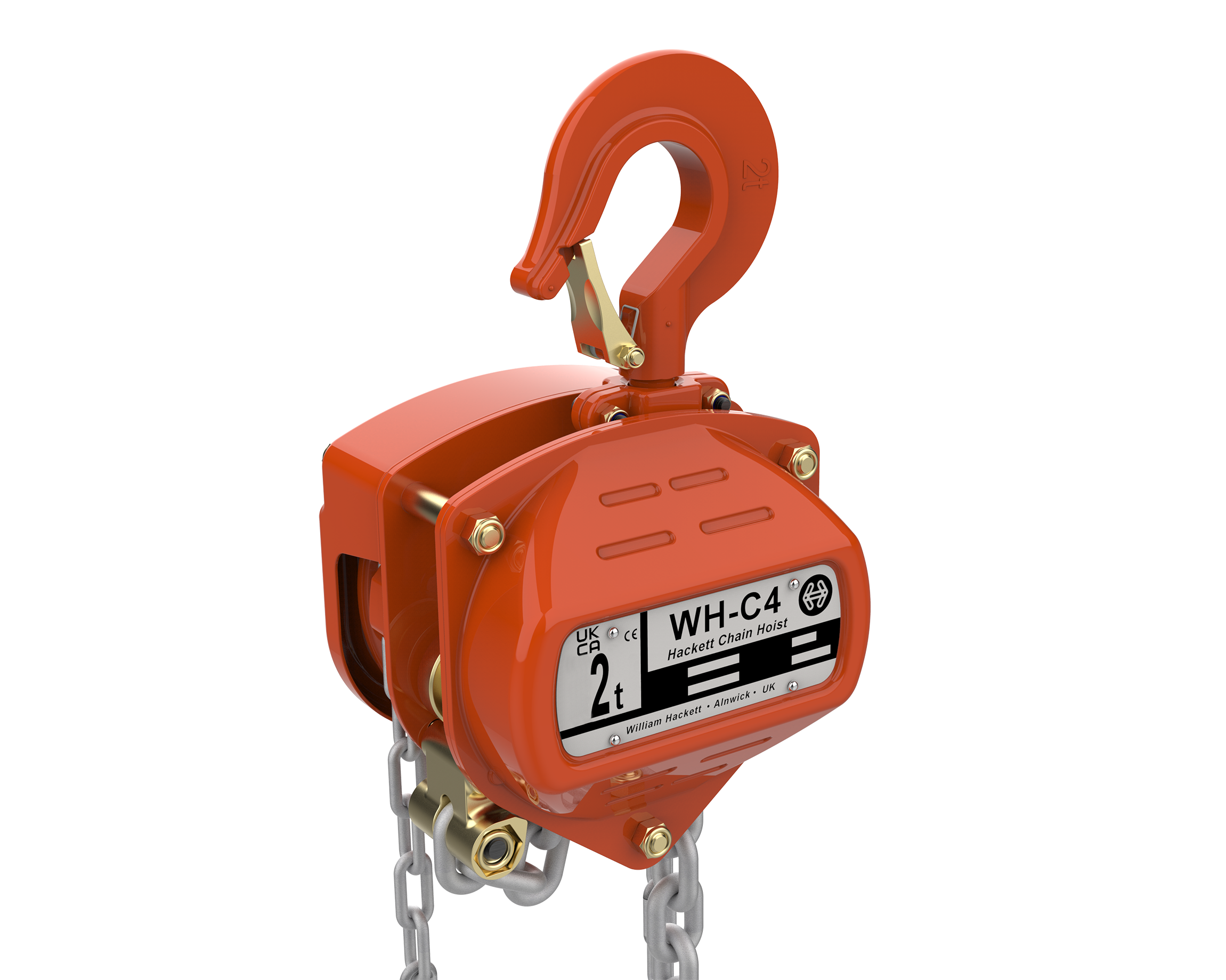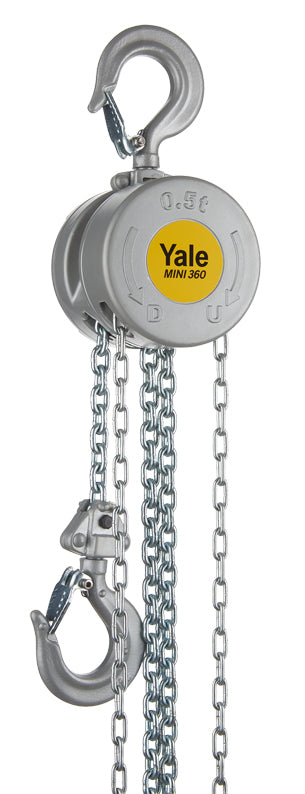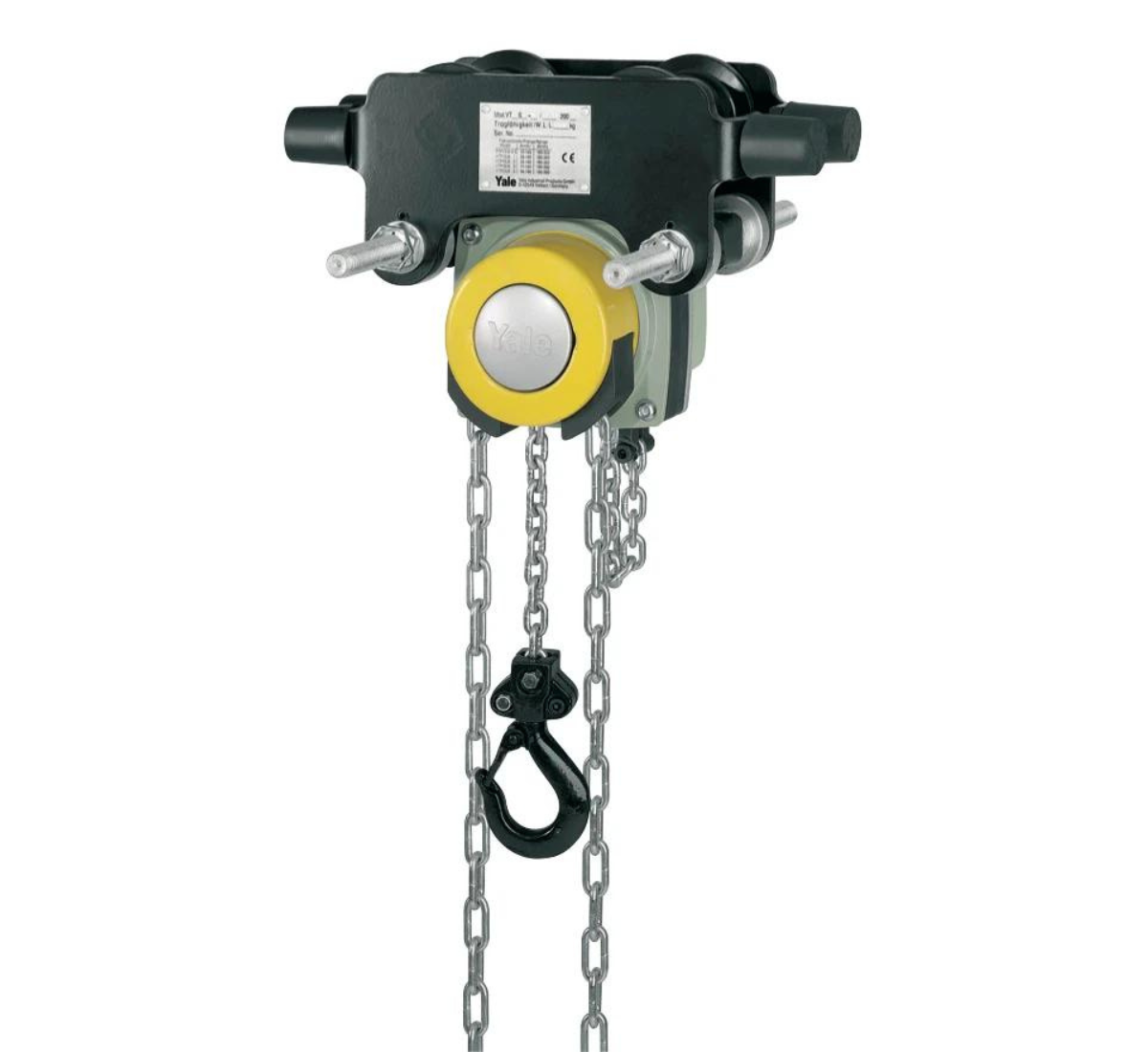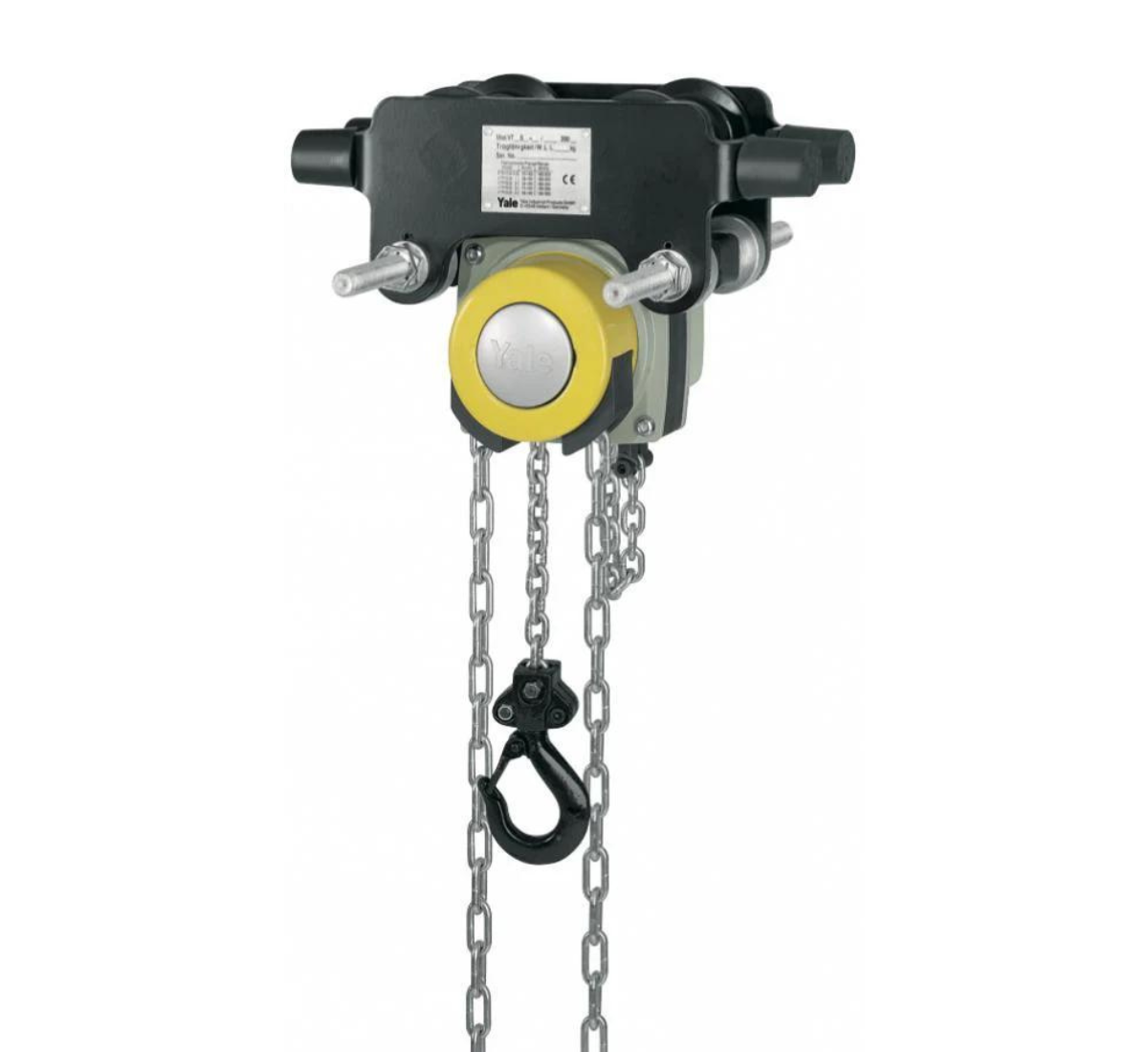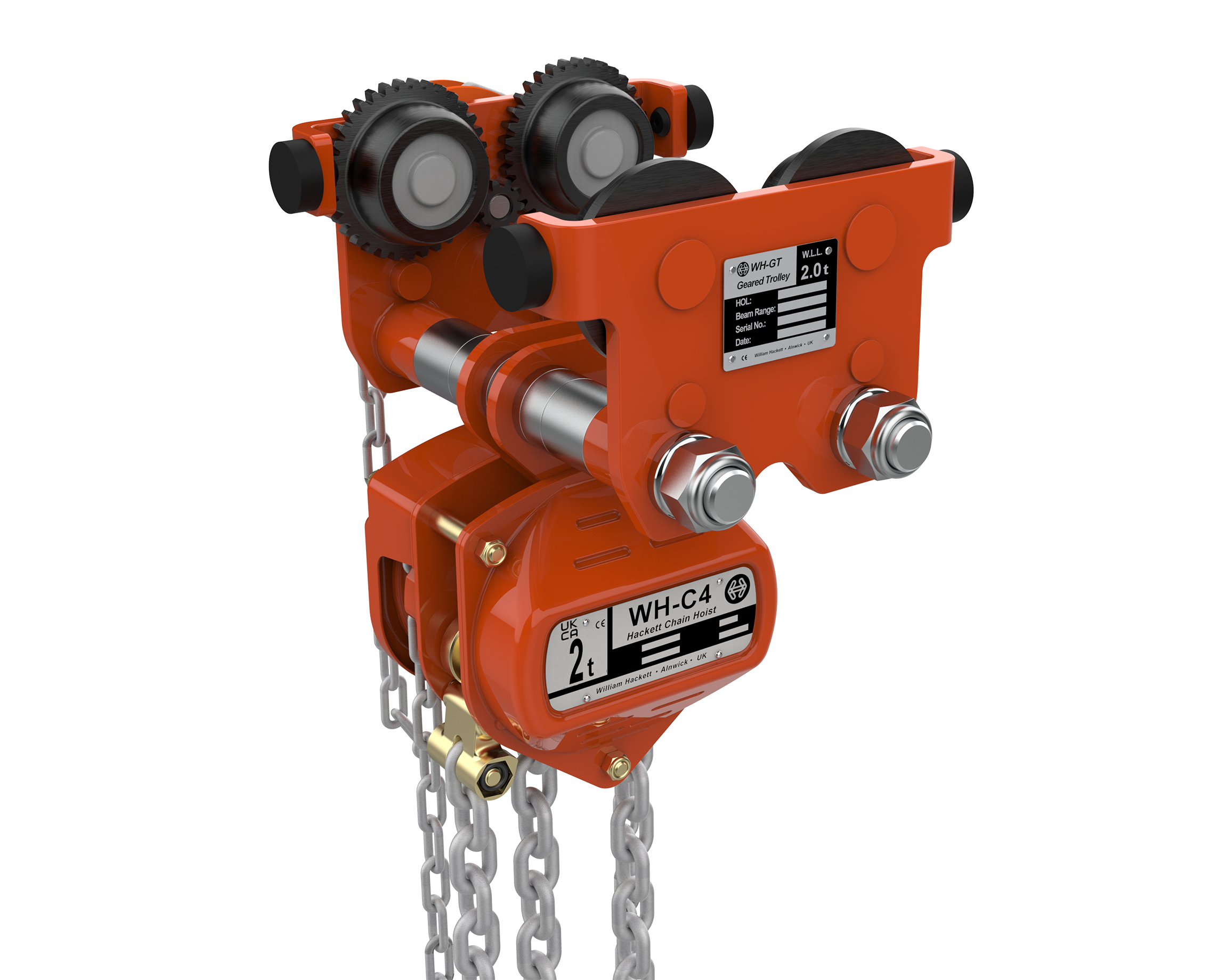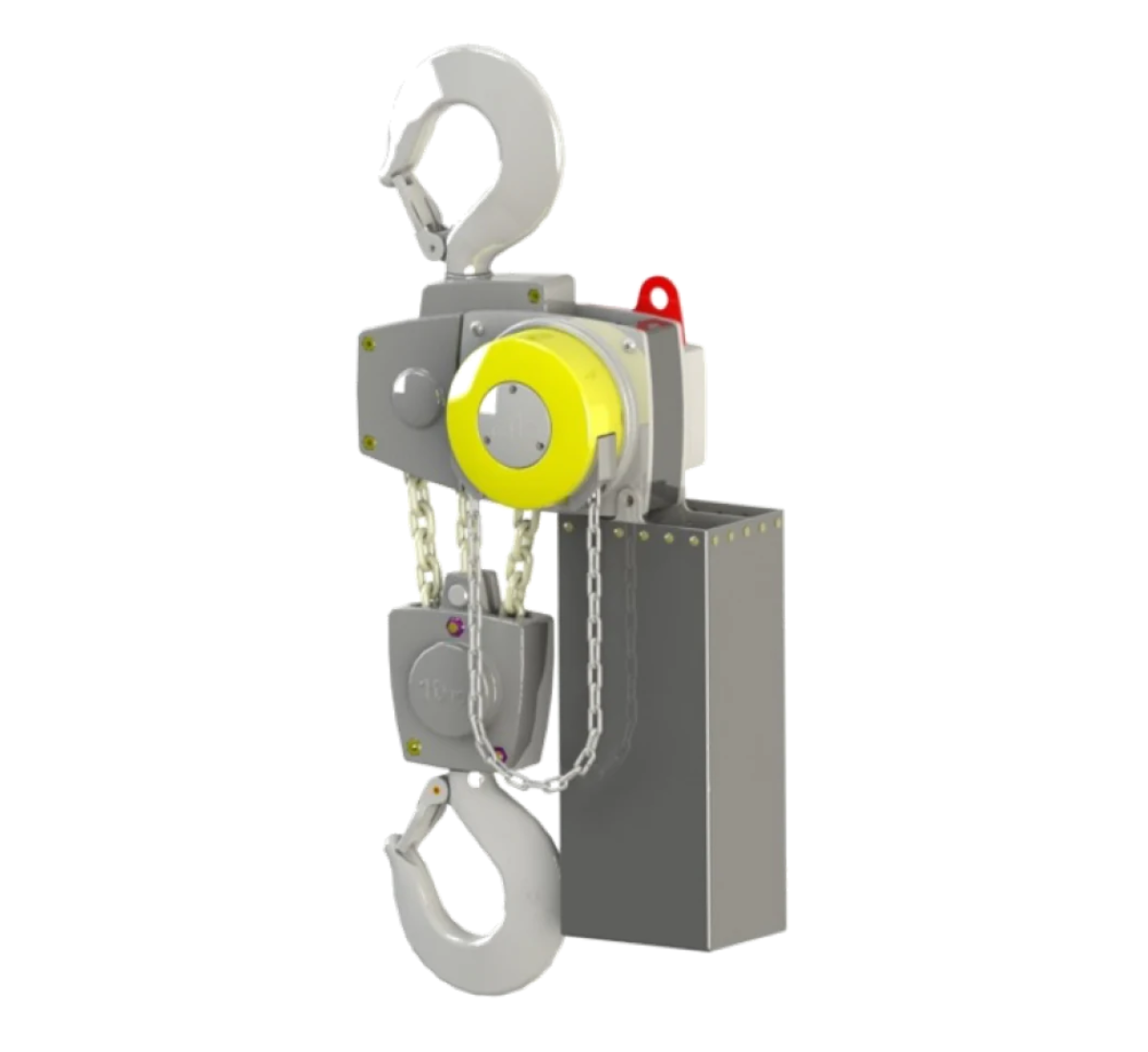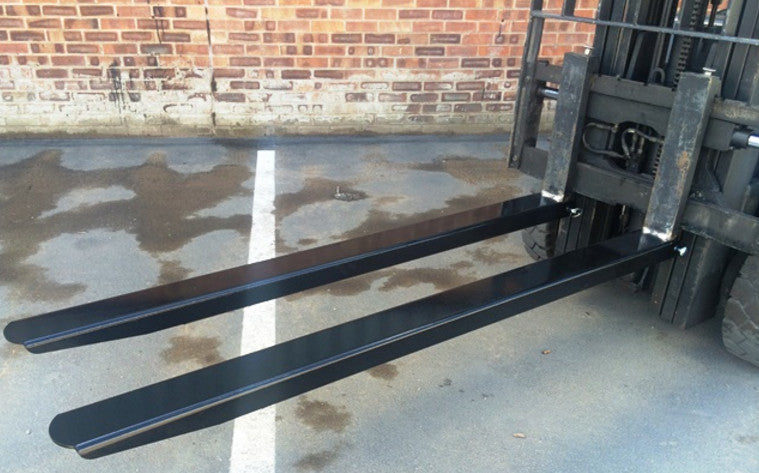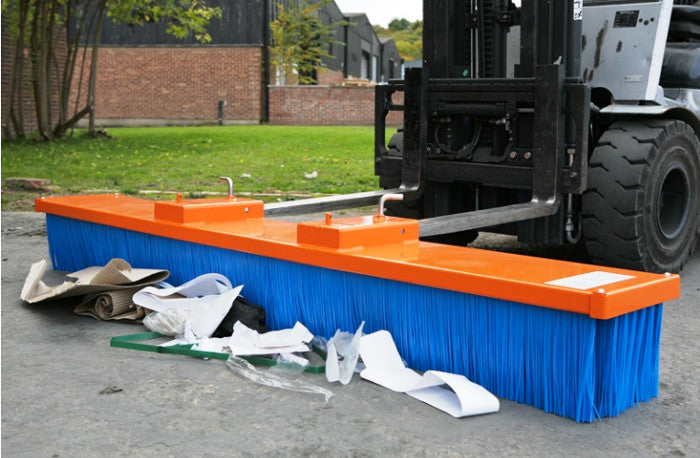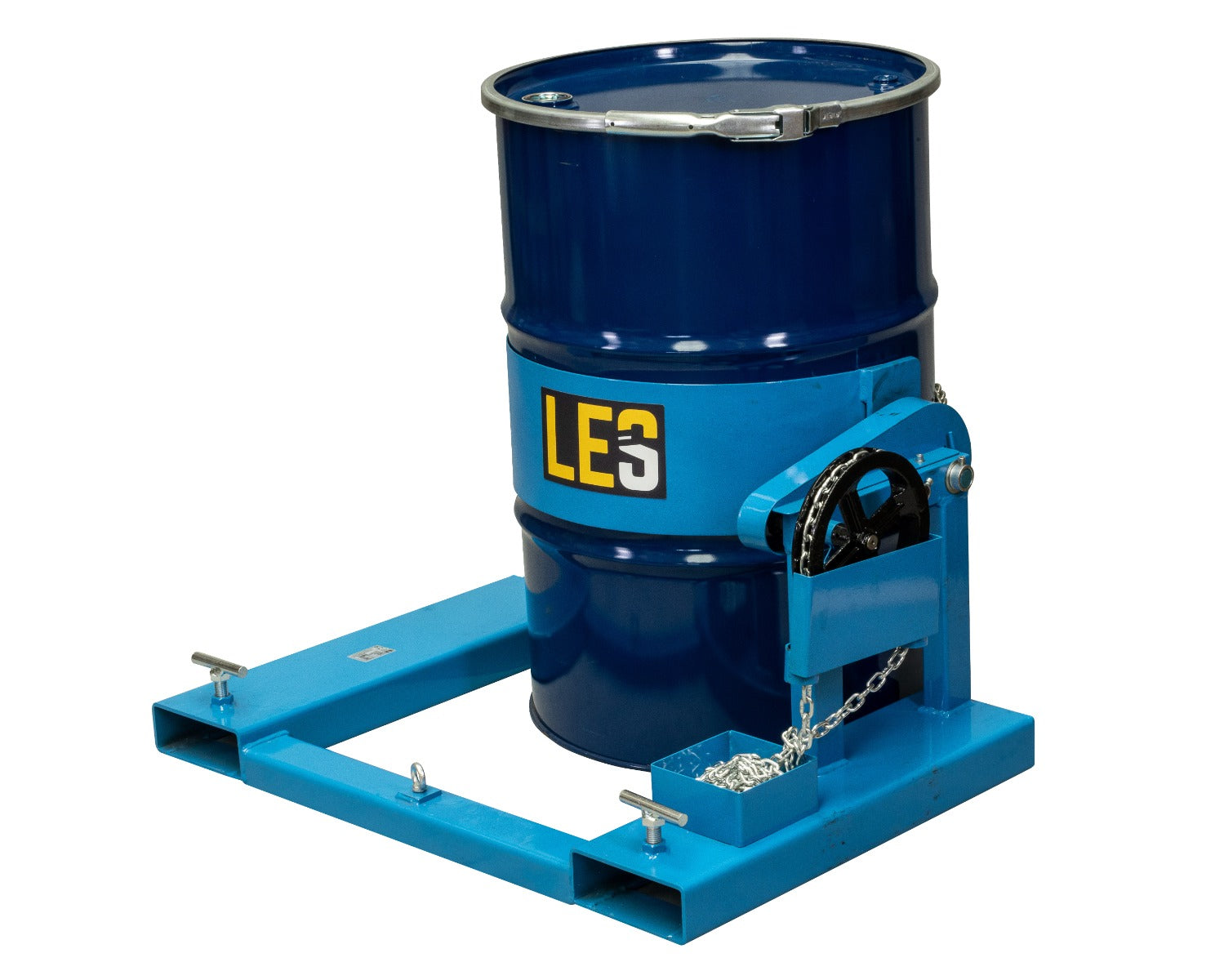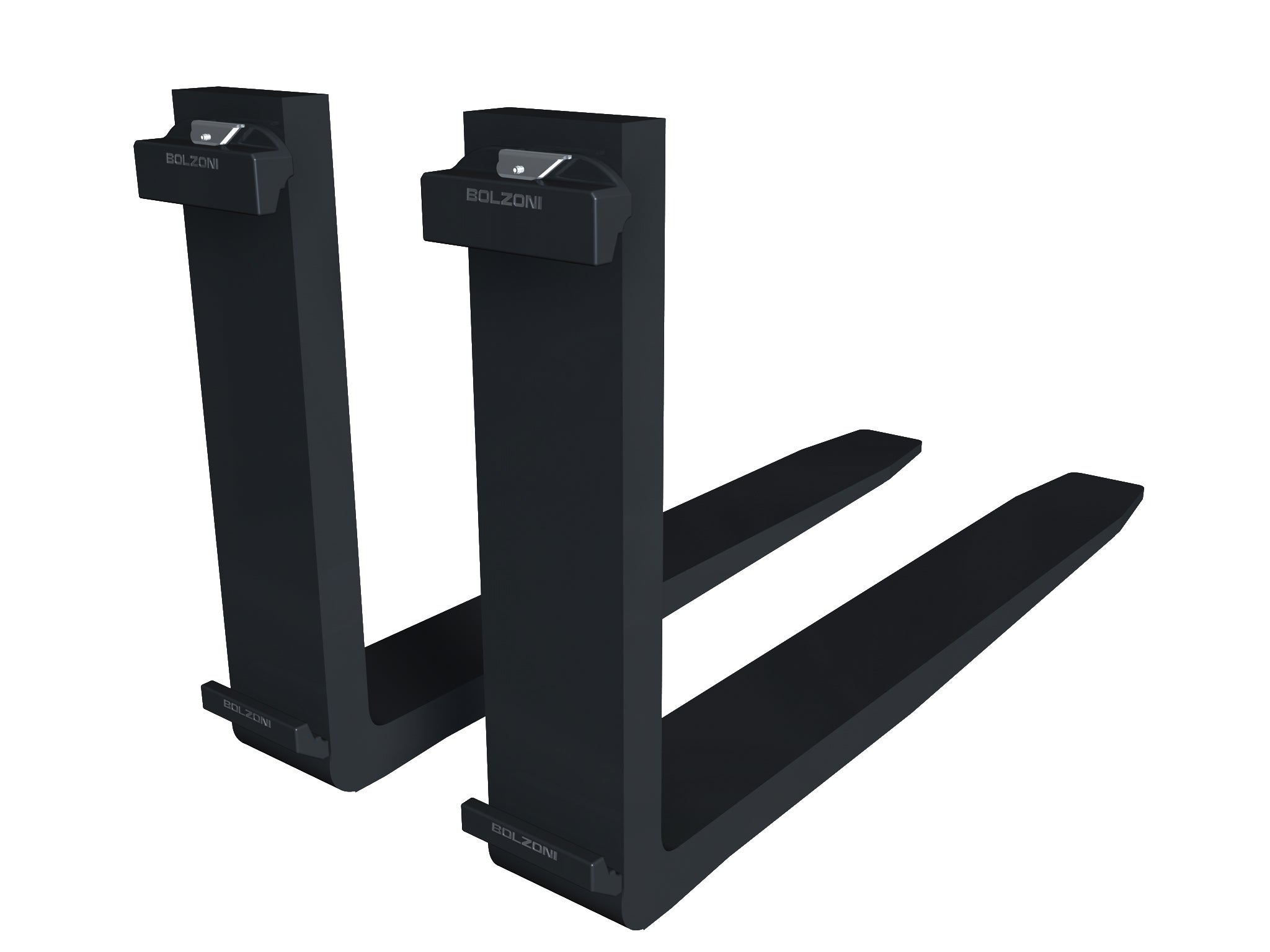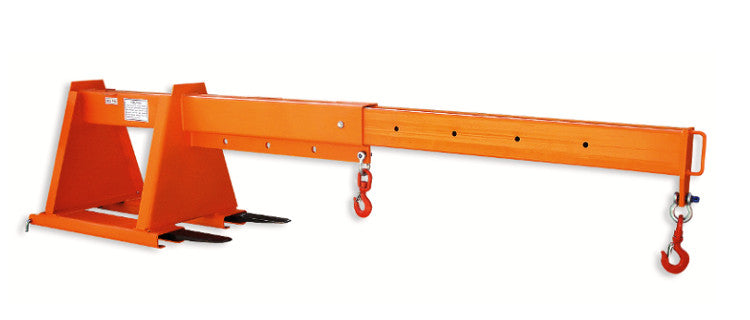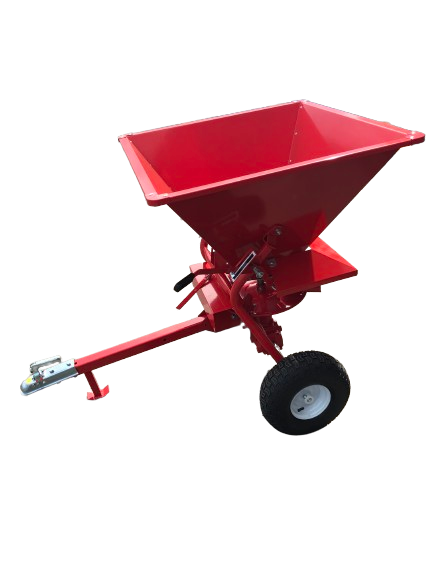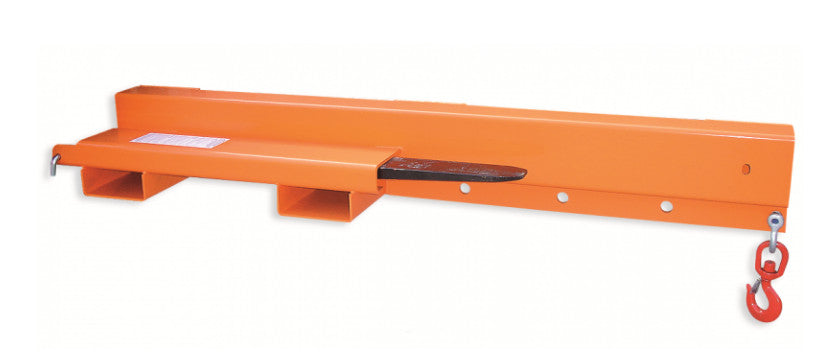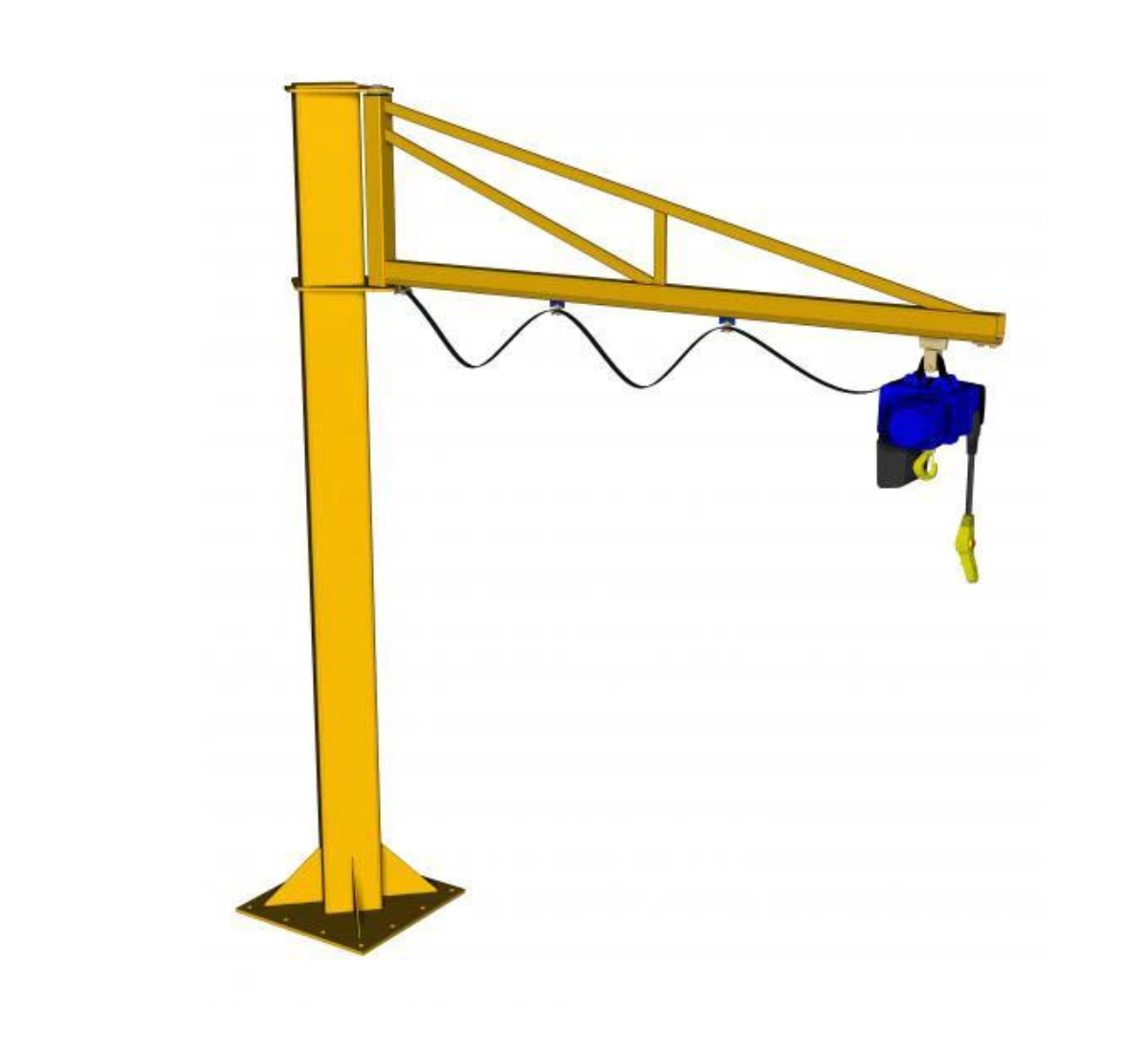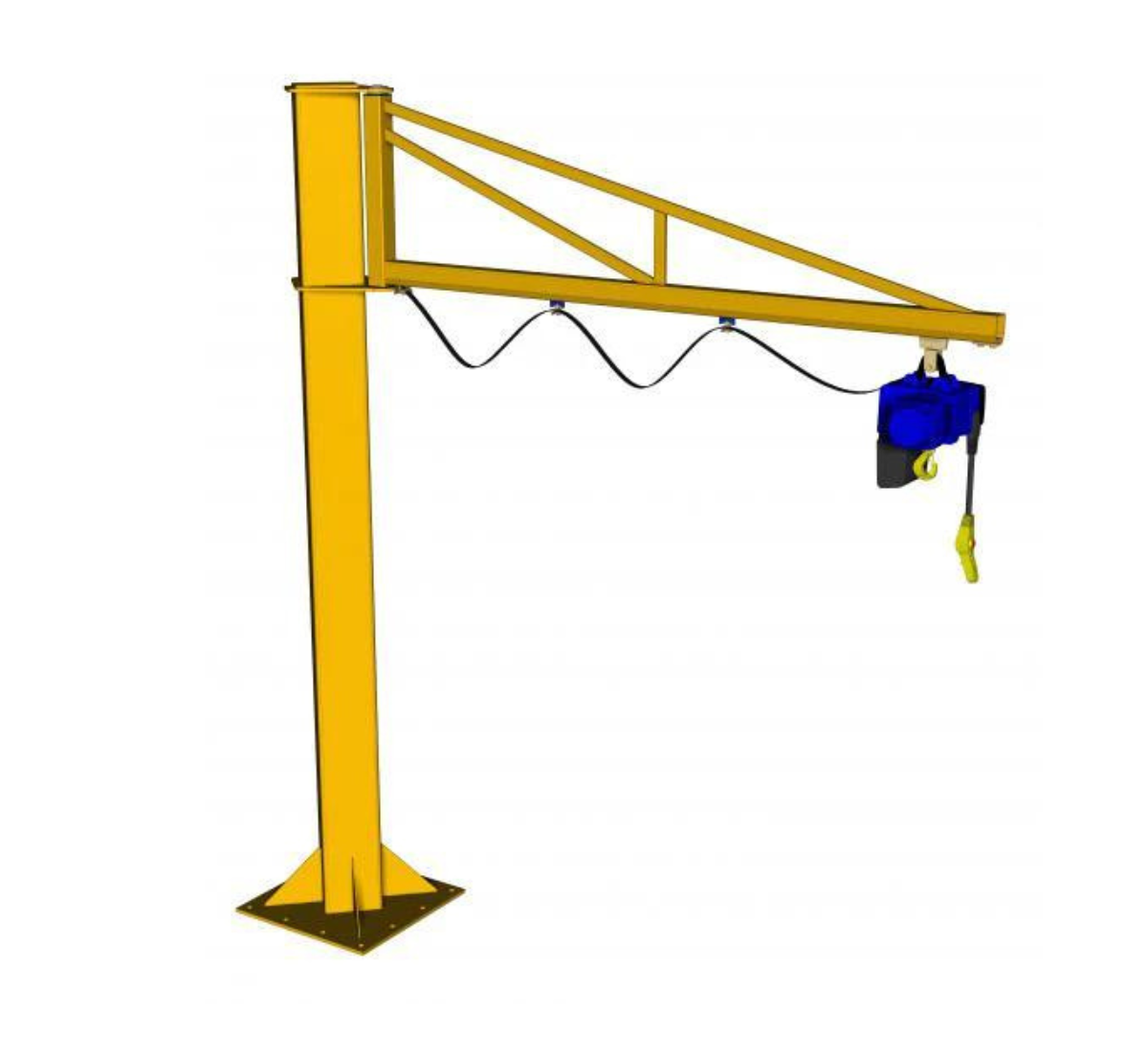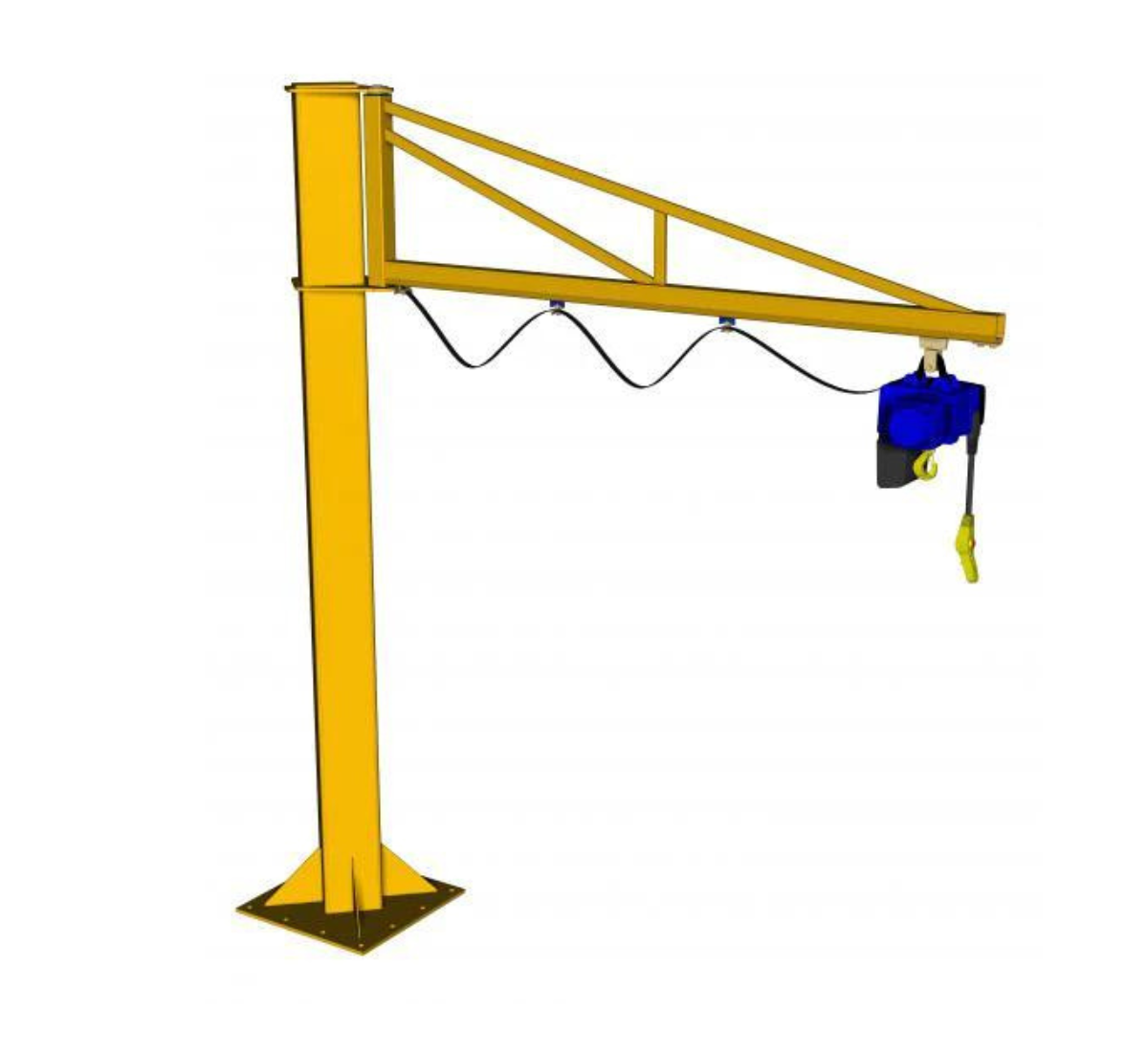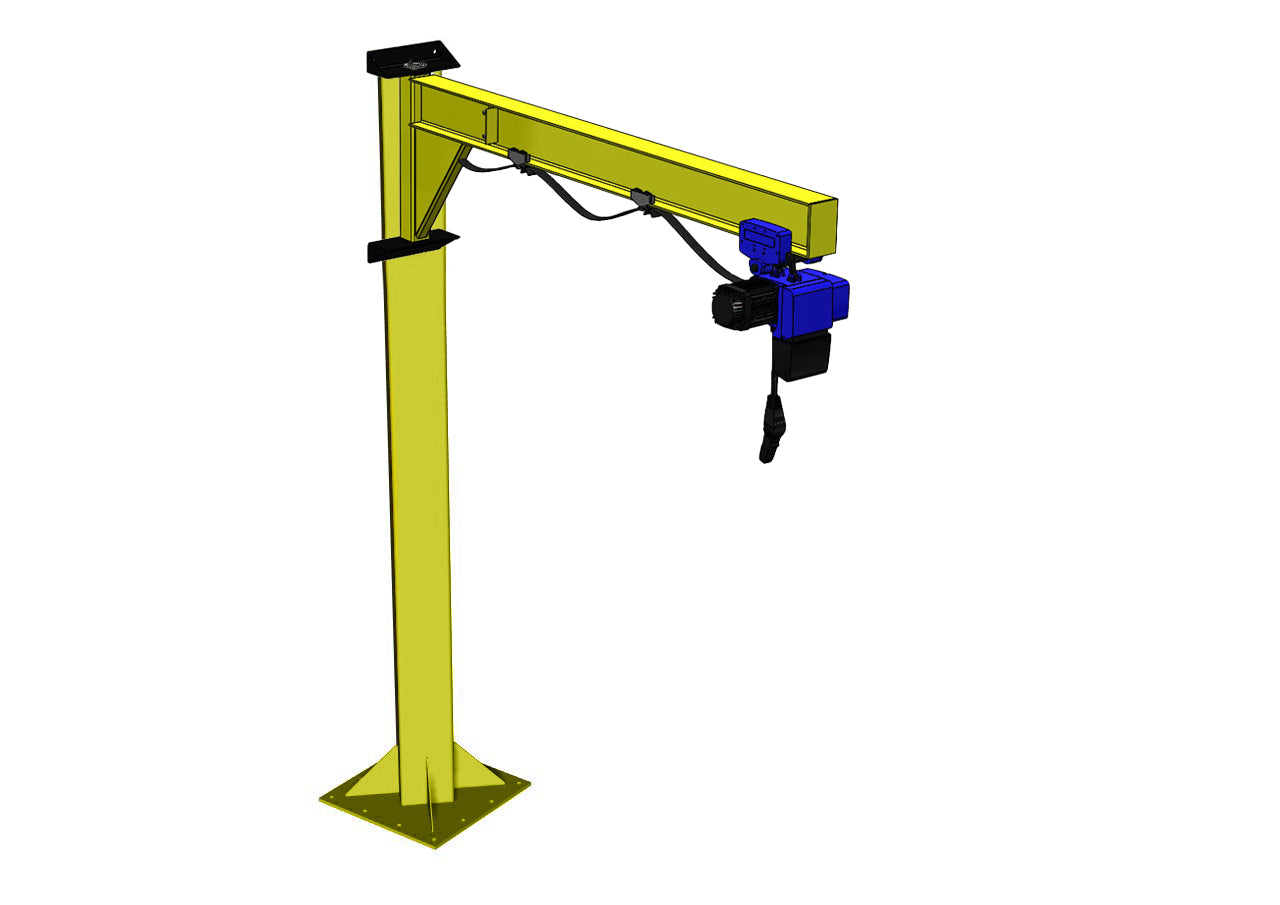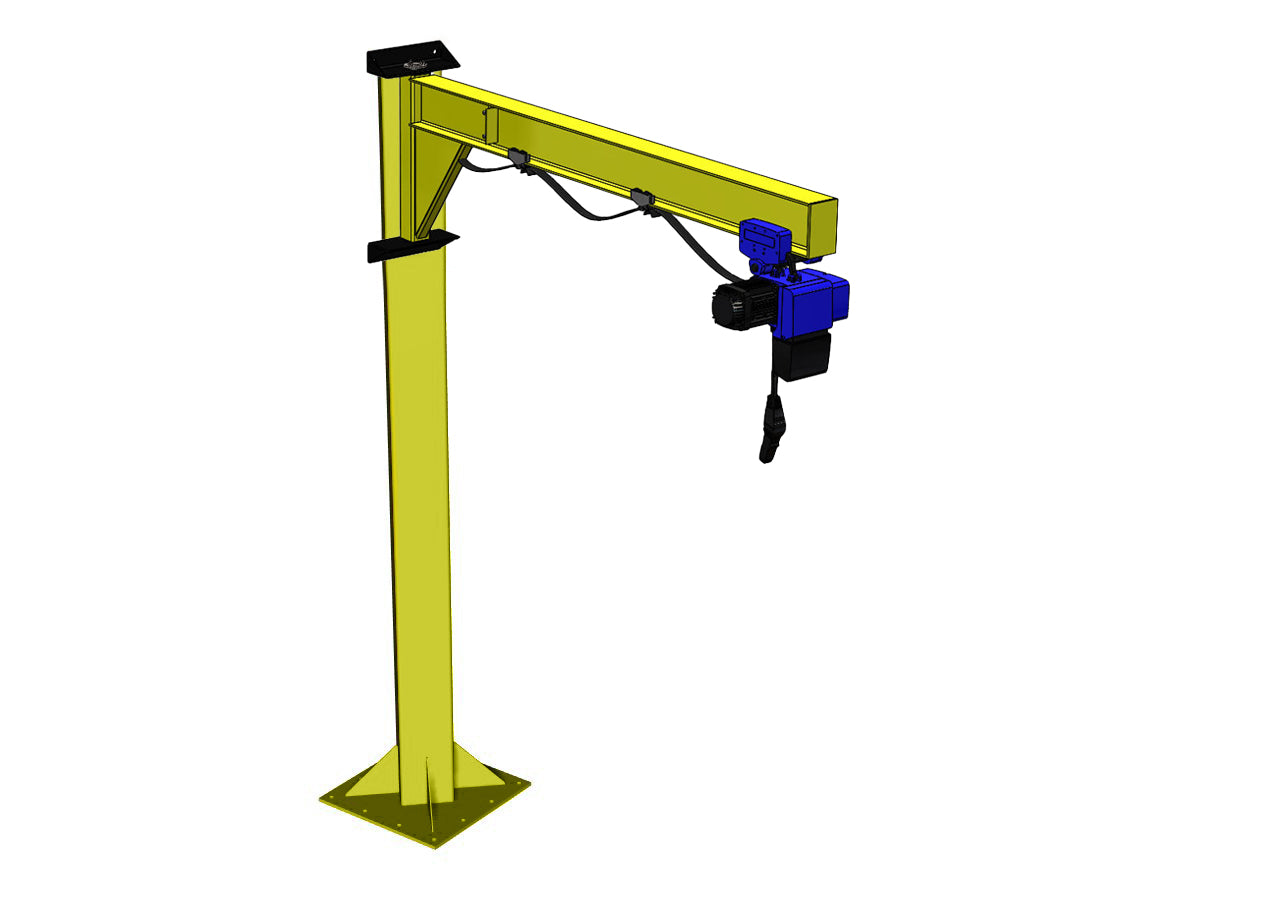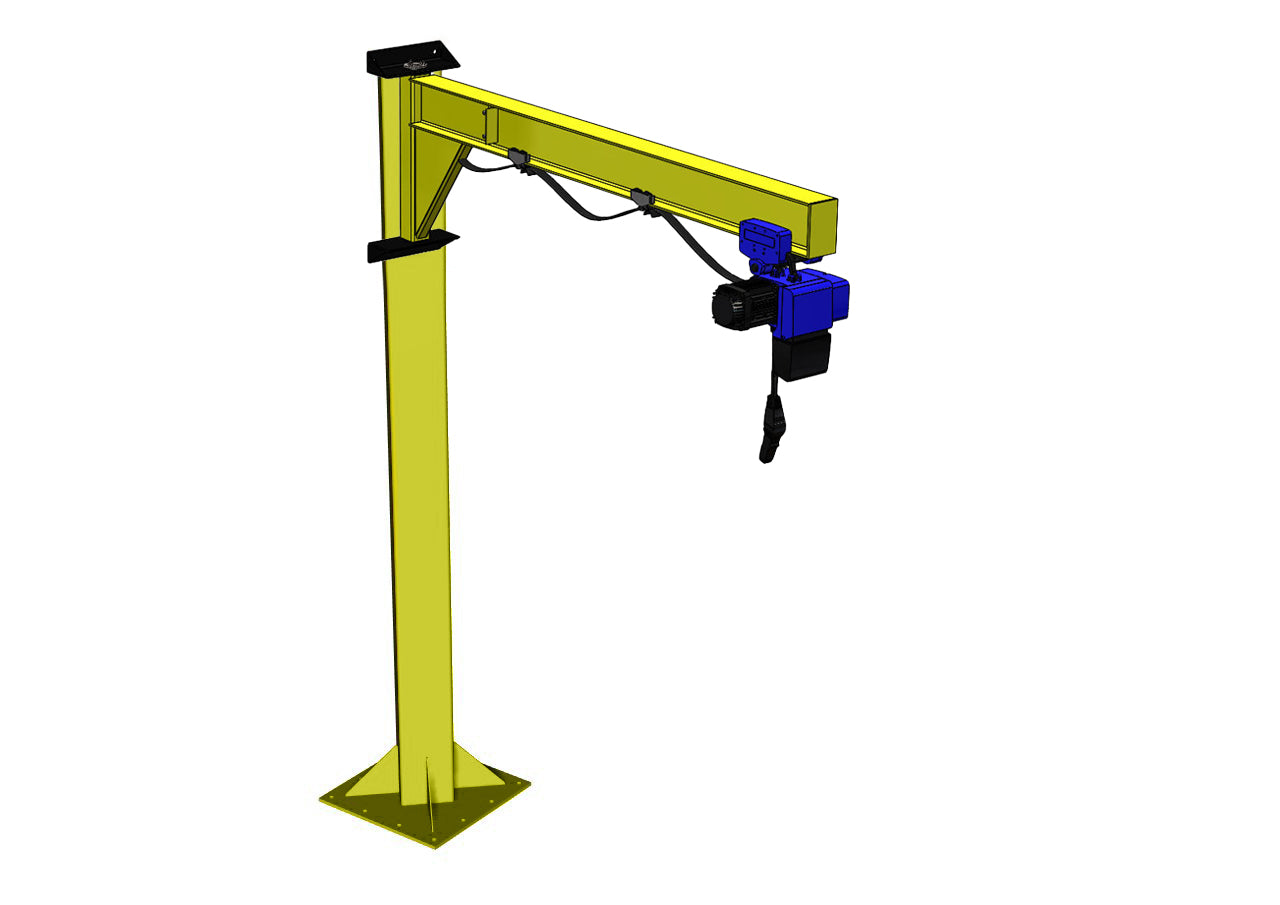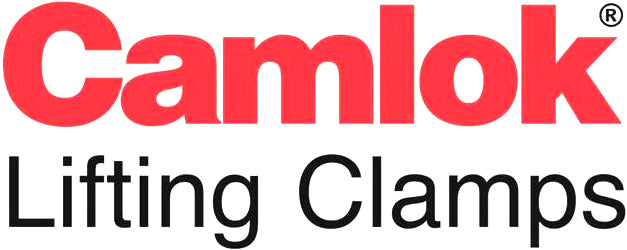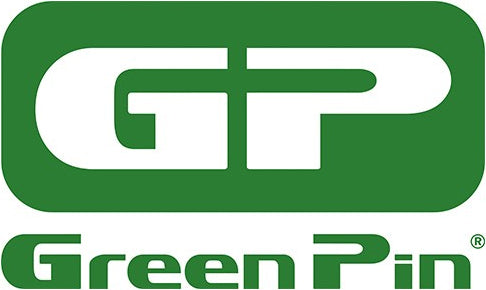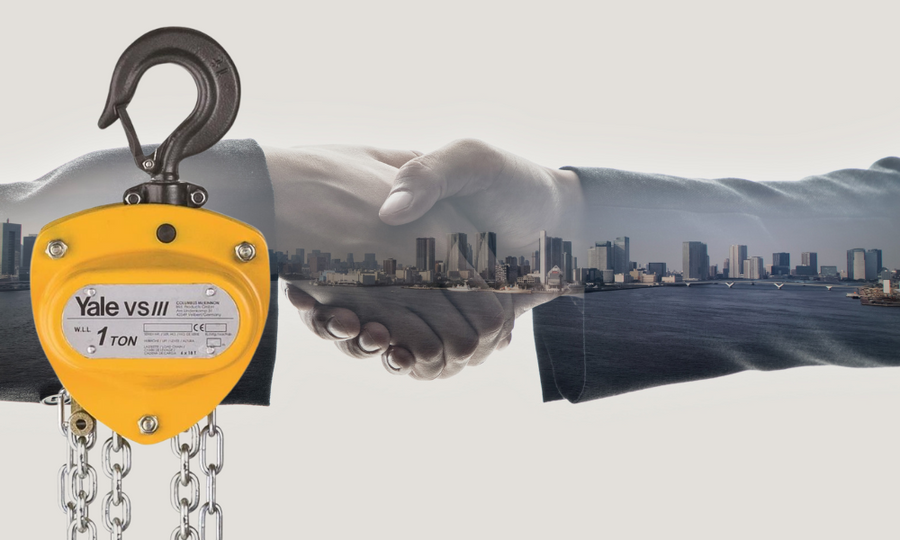Ministry of Defence
The Ministry of Defence (MOD) plays a pivotal role in ensuringthe security of our nation through the development, maintenance, and deploymentof military assets. The complexity and scale of MOD operations require the useof specialised lifting equipment to handle the heavy machinery, vehicles,weapons systems, and other critical components used in day -to-day applications– from manufacturing to maintenance processes.

The Ministry of Defence (MOD) plays a pivotal role in ensuring the security of our nation through the development, maintenance, and deployment of military assets. The complexity and scale of MOD operations require the use of specialised lifting equipment to handle the heavy machinery, vehicles, weapons systems, and other critical components used in day -to-day applications – from manufacturing to maintenance processes.
LIFTING EQUIPMENT x MOD
Lifting equipment plays an essential role in several key MOD operations:
Manufacturing & Assembly: Utilised widely in the production of military hardware such as tanks, aircrafts, and ships, lifting equipment is crucial during assembly process and handling large components.
Maintenance & Repair: Military vehicles and equipment require regular maintenance, and lifting equipment facilitates the safe and efficient handling of assets for inspection, repair, and upgrades.
Logistics & Deployment: Moving military assets comes with its difficulties, and lifting equipment facilitates the transfer of such components from operations areas and storage facilities.
LIFTING EQUIPMENT TYPES IN MOD
Mobile Cranes: A versatile asset that can be easily transported to different locations used for both manufacturing and field operations.
Overhead Cranes: Most commonly used in manufacturing plants and maintenance applications to lift and shift heavy loads across big areas.
Tower Cranes: Used mainly in construction of military facilities and infrastructure. Suitable for high capacity lifting.
Hydraulic Jacks: Perfect for lifting military vehicles including tanks and armoured personnel carrier during maintenance and repair operations.
Pneumatic Jacks: The ideal replacement for where hydraulic jacks aren’t a viable options.
Electric Chain Hoists: Commonly seen in manufacturing and maintenance settings to lift heavy components and machinery.
Chain Blocks: Used for smaller, more precise lifting tasks where electric power is not available or practical.
Pneumatic Hoists: Most suitable for environments where electricity isn’t available and heavy lifting is required.
Lifting Platforms & Tables: Seen in workshops and maintenance facilities. Variations available that can lift anything from personnel to entire vehicles to a convenient height.
Forklifts (Accessories) & Telehandlers: Essential for moving heavy loads of short distances within warehouses, storage areas, and manufacturing facilities. A wide range of accessories are available to turn your forklift truck into a multi-purpose lifting machine.
Tool Balancers: Most commonly used in maintenance and repair tasks to provide an easy access method to reaching tools during jobs.
4x4 Recovery Equipment: Products such as winches, wire ropes, and ratchet straps are used to secure cargo, as well as rescue vehicles from a range of recovery scenarios.
IMPACTS OF LIFTING EQUIPMENT
The Ministry of Defence successfully integrate lifting equipment into their manufacturing and maintenance processes to achieve:
Enhance Efficiency: Lifting equipment facilitates faster and more efficient assembly and maintenance operations, reducing downtime and increasing readiness of military assets.
Improved Safety: Mechanising lifting processes reduces the risk of injury to personnel. Handling heavy loads manually poses serious health risks, which lifting equipment mitigates.
Precision & Accuracy: Lifting equipment provides a certain level of precision and control when handling heavy loads. Lifting equipment such as hoists and jacks provides a means of accurate positioning of components and tools.
Cost Reduction: While lifting equipment represents a substantial initial investment, it results in long-term cost savings by improving operational efficiency and reducing labour costs.
Ministry of Defence Collections
GOVERNING LAWS & REGULATIONS
The use of lifting equipment in MOD operations is governed by a selection of stringent laws and regulations to promote safety, reliability, and compliance with national and international standards. Key regulations include:
▪ Occupational Safety & Health Administration (OSHA) ▪ Lifting Operations & Lifting Equipment Regulations (LOLER) ▪ European Machinery Directive ▪ Defence Standards & Specifications ▪ Inspection & Certification Standards
Our team are highly trained on the laws and regulations surrounding the use of all lifting equipment, so if you need any help or support, we urge you to reach out to us.

